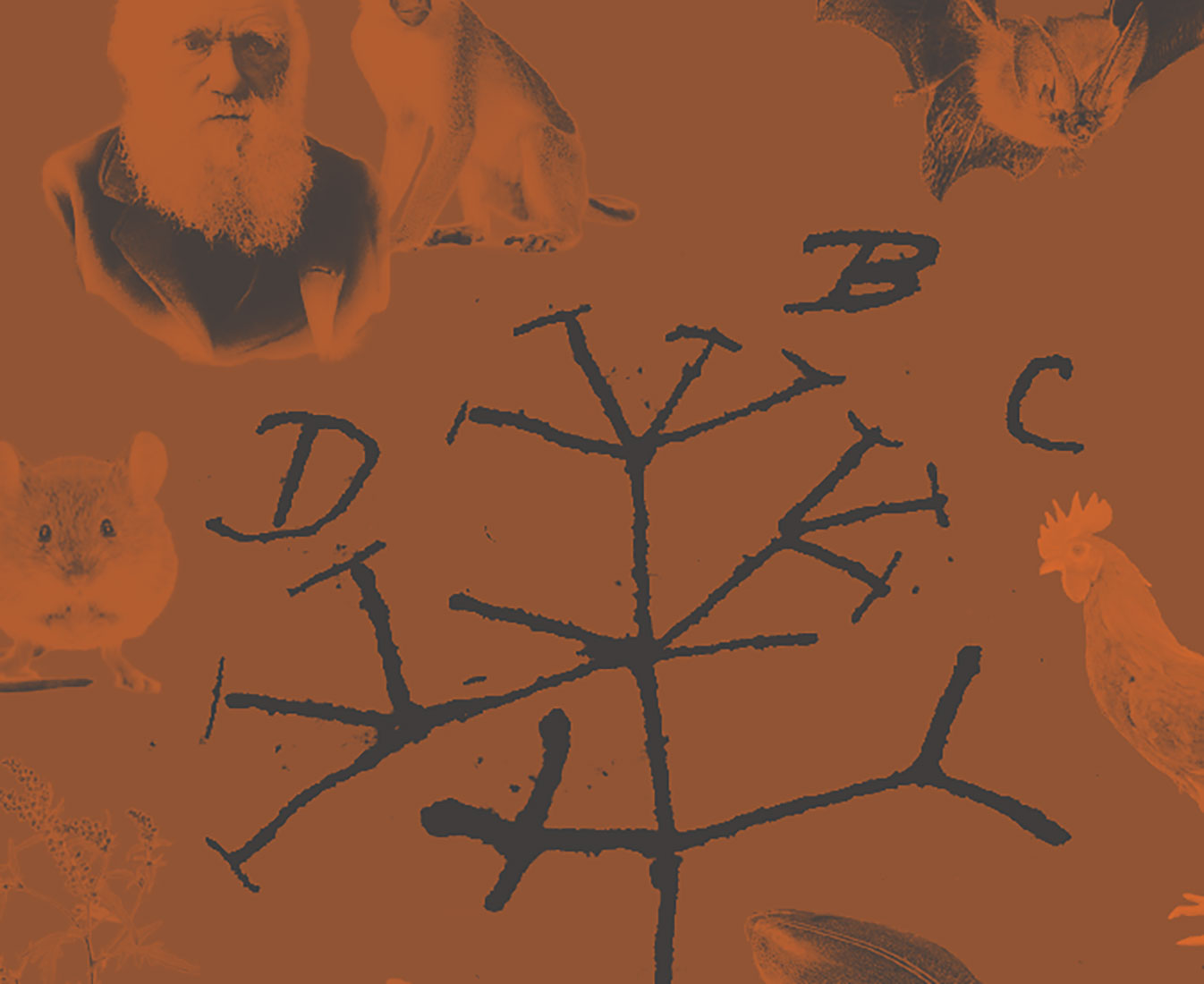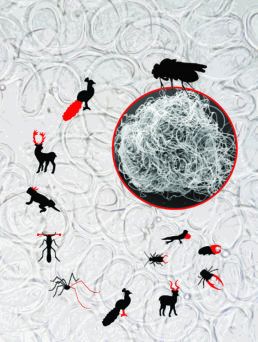-
OUR STORY
The CRE formed naturally and organically. The principle investigators are close friends/colleagues with shared intellectual passion, particularly for sexual selection, molecular evolution, speciation and ecological adaptation. We easily get excited about each other’s ideas, and synergistic, collaborative research is the outcome. Like any good relationship, we function better together than alone. We were so involved in each other’s research that we decided to physically merge our laboratories (including space, equipment, resources, mentoring and personnel) to form the CRE.
We all value integrative biology, and our highly complementary research expertise – including molecular, cytological, quantitative, ecological and behavioral genetics, recombinant DNA techniques, comparative morphology, animal behavior, phylogenetics, proteomics, transcriptomics, and comparative genomics – enables endless opportunity for creative research enterprise.
-
NEWS
April 22, 2020
CRE Grad Receives Award
April 7, 2020
Research experience for NYS high school teachers and students
January 15, 2020
Welcome Dr. Garlovsky!
December 1, 2019
Welcome Kethry Warren!
November 30, 2019
Dr. Whittington joins the Natural History Museum of Oslo, Norway
-
FEATURED
May 26, 2016
CRE Investigators Publish study in Nature
-
WHAT WE DO
The CRE is dedicated to advancing our understanding of reproductive trait evolution. Hence, sexual selection and sexual conflict theory dominate the CRE stage as we strive to figure out microevolutionary processes shaping interactions between the sexes, including underlying genetic variation, genotype-phenotype associations, and the relationship between phenotypic variation and fitness. Believing that it is a fool’s errand to attempt to understand selection without knowledge of the specific phenotypic targets of selection, we are big fans of studying mechanisms. We like to know what makes systems tick: genetically, biochemically, physiologically, morphologically, behaviorally.
Much of the research at the CRE is also directed toward the evolution of life history traits, such as body/flower size, sex allocation, fecundity, the trade off between gamete size and number, fertilization mode, age at first reproduction, life span and reproductive senescence. Such traits are important to fitness and intrinsically interesting. Moreover, if you are interested in adaptation, it is important to understand not only selection, but also what constrains the ability of populations to respond to selection. Seeing as many of the reproductive traits we study are costly, their evolution may be physiologically (as well as phylogenetically) constrained by energetic trade-offs with other traits. Resolving the big picture of biodiversity requires a holistic approach that synthesizes knowledge of sexual selection, life history evolution, species ecology and genetic architecture.
-

We are conceptually rather than taxonomically driven. There is no organism we will not study, as long as it is the right system.


